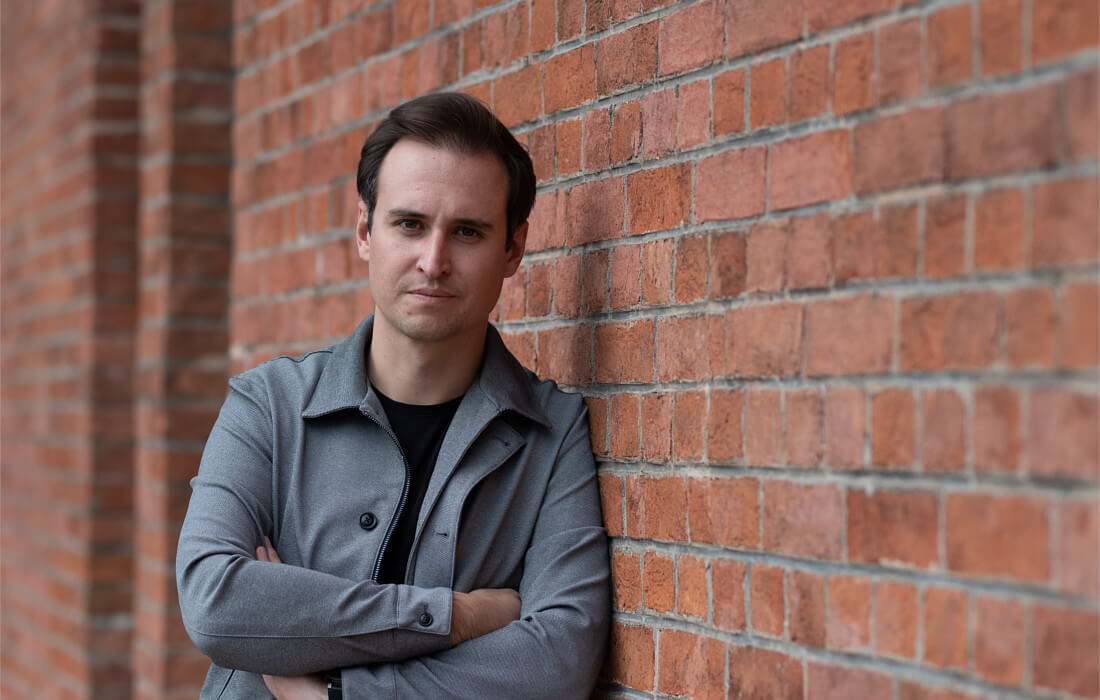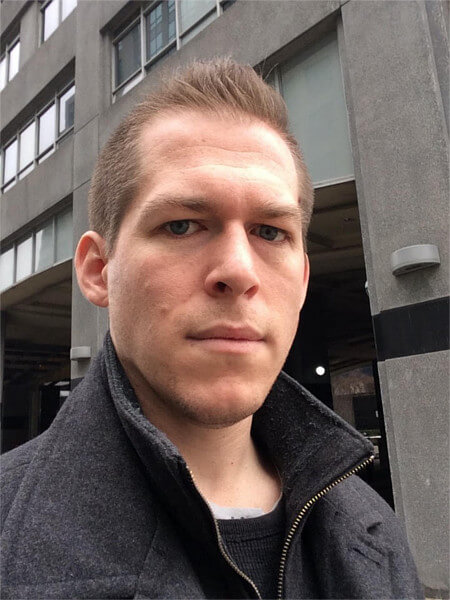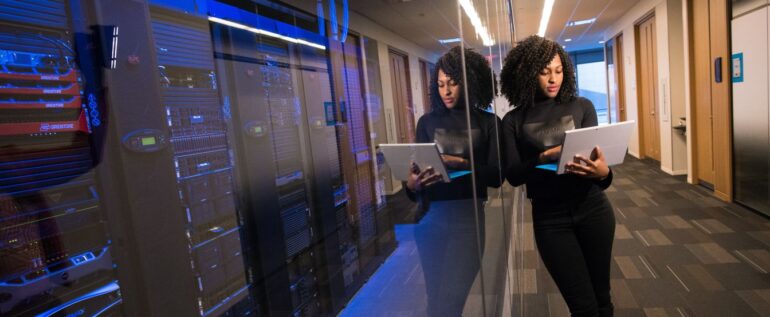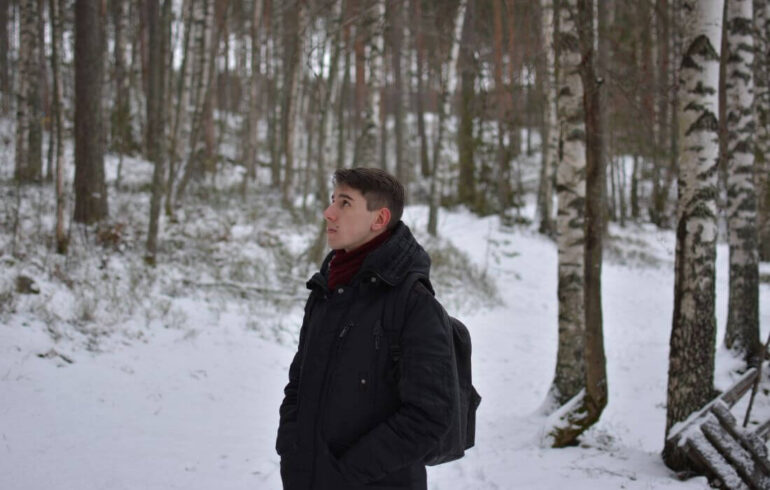Breaching the global divide: how OANDA made working remotely, work

Responsible for the ongoing development of a global trading platform, OANDA team leads Jason Emery and Bartosz Jakubowiak discuss how the firm has overcome the challenges of a remote workforce, and how they bring their software engineering teams together to work seamlessly on projects, despite being 7,000km apart.
A global leader in online multi-asset trading services and currency data, FinTech veteran OANDA’s footprint reaches all around the world, but until recently, its engineering team was almost entirely based in Toronto. However, earlier this year, the firm established an IT hub in Kraków, attracting scores of new engineers and software developers, all eager to make their mark on a global stage.
Building a new team overseas can often result in problems associated with working across time zones, poor communication and cultural differences. However, this particular expansion could easily have been more problematic in the age of COVID, faced with a global workforce operating from home.
Not so, say OANDA’s Jason Emery and Bartosz Jakubowiak, who each lead a team of engineers responsible for the company’s primary trading interfaces, working closely together from their respective bases in Toronto and Kraków. They believe the firm’s passion for innovation and flexible approach to people management makes working from home efficient and effective. They recently sat down with JustJoinIT editor, Adam Łopusiewicz to share their thoughts on how OANDA has managed to make working remotely, work.
Spis treści
The time factor
According to Jason and Bartosz, working from home has actually made it easier for their teams to work around the six-hour time between Toronto and Krakow. Canada-based Jason explains, “Personally, I feel working from home has helped ease communication with the Kraków team and even improve my work-life balance.”
He continues, “The fact I no longer have to commute to the office frees up time to take calls with Poland early in the morning, making communication between the two teams more accessible. And, because of OANDA’s flexible approach, I am also free to finish a little earlier on those days, allowing me to spend more time with friends and family.”
For Bartosz’s team 7,000km away in Kraków, these meetings take place later in the day, leaving them eager to pick up the mantle first thing in the morning, so progress is made while Toronto sleeps. He is quick to agree, “Not only does this mean the time difference often works to our advantage, it also affords both teams greater freedom and flexibility, which in turn, enables us to use our time more efficiently.”
Freedom and flexibility
This freedom and flexibility is evident in more ways than simply time management at OANDA, serving as a constant source of motivation for engineers and developers who work for the firm today. Despite having demonstrated significant growth since it was established almost 25 years ago, Jason says the firm’s culture still reflects its roots as a hungry start-up looking to break new ground through technological innovation. And having spent 12 years with OANDA, he should know.
“We still have that freedom to explore new ideas and challenge traditional thinking today, which is just one of the reasons OANDA is such a great place to work,” he explains. “However, this doesn’t mean employees are left without guidance or free to do as they please. Our accomplished leadership team clearly articulates our vision, providing strategic direction and a definitive roadmap for organisational growth,” Jason points out.

From there, the tech teams are tasked with identifying and implementing the best possible solutions to help the firm achieve its goals. And while many firms micromanage their staff, OANDA gives the engineering team, for example, the freedom to explore new tech solutions that will deliver on these goals. “I believe this breeds loyalty, which goes some way to explaining why we have so many long-serving members of staff,” he laughs.
Despite having been with the firm for just nine months, Bartosz is equally enthusiastic about his journey with OANDA so far. “I feel the company has actively empowered my team to rise to the challenge in a short space of time, providing a clear outline of what we need to achieve without dictating every step of the way. As a result, we’ve been able to work effectively and efficiently with Jason’s team on some exciting projects, despite the fact we’re so far apart.”
Open communication
Jason and Bartosz believe another factor behind the success of OANDA’s remote workforce approach lies in the firm’s robust communication strategy. This strategy keeps the entire organisation informed, enables remote teams to work together seamlessly, and helps overcome the void left in the wake of daily interaction with colleagues. Jason admits, “Initially we did miss being able to see each other and just chat, but OANDA has created an open space approach to communication that helps us maintain connections all over the world.”
According to Bartosz, this open space is critical to enabling diverse, remote teams to work well together and has been especially successful at OANDA because the entire organisation communicates using the same tools: most notably Slack and Google Hangouts. At an organisational level, top-down conversations and global announcements are made through email, a single Slack channel or regular video townhalls, which makes it easy for everyone to stay on top of the latest developments. This approach also serves to strengthen the connection employees feel to the firm as a whole.
However, this strategy also works at a team level. For example, each week, the engineering teams meet on Google Hangouts to discuss what they’re working on and provide architecture critiques that help overcome any challenges or problems that might have surfaced. These meetings allow the entire team to brainstorm solutions while also ensuring everyone has the chance to interact with colleagues overseas. Jason feels this is important because it gives people permission to open up, speak about their challenges and bring fresh ideas to the table. “We also insist everyone has their camera on,” laughs Bartosz. “When you’re putting your energy into something and trying to make a difference, it’s encouraging to know people are paying attention.”
Most teams typically have their own Slack channels too, creating a space where they can communicate in real-time to help drive projects forward. However, less formal day-to-day communications between individuals are also typically conducted on Slack, allowing people to enjoy a quick watercooler chat online and helping to overcome the sense of isolation that can arise while working from home.
Learning and development
And finally, OANDA has also remained dedicated to meeting the needs of its employees in terms of learning and development throughout the pandemic, holding regular sessions that provide insights into the role of each department and how they contribute to company success. Open to everyone at the firm, these sessions not only help educate employees around the world, they also instil a sense of collaboration and encourage diverse teams across the organisation to work cohesively, despite being in different geographies.
“Working remotely has changed the format of these meetings, and made it possible for more people to join,” adds Bartosz. “Before, some meetings were held offline or at inconvenient times. This meant colleagues from different locations missed out on the chance to attend.”
Remote workforce success
Of course, working from home is not a new phenomenon at OANDA, and much of the necessary infrastructure required was already in place long before the pandemic. However, the ability of the firm to react so quickly, switching to a remote workplace to keep their employees safe, while using technology to ensure they remain connected, engaged and motivated is testament to the firm’s dedication to their people.
The level of success OANDA has achieved in this respect is immediately apparent in the rapport between Jason and Bartosz, which by far transcends the distance that separates them. They have an easy camaraderie and respect for one another that you would never expect from two people who have only met in person once. Perhaps that’s why they’re so united in their assertion that OANDA has not only overcome the challenges associated with managing a remote workforce – it’s positively thriving as a result.
Bartek Jakubowiak. Team Lead at Trading Platform Team responsible for making sure day-to-day work is well defined and there are no roadblocks the team could stumble upon during product development. If the time lets him he likes to engage in code reviews and company wide architectural discussions.
Jason Emery. Software Engineering Manager specializing in front-end applications at OANDA. Jason has helped build and grow OANDA’s mobile trading experience into a main revenue driver for the company, delivering several industry firsts along the way. Jason believes that fostering a culture to bring out the best in others develops high performing teams, and is passionate about leveraging technology to build out new experiences for users. Jason takes pride in being a Husband and Father of three. In his spare time, Jason hones his craft as a photographer and is currently learning how to sketch.
Podobne artykuły

PIN-UP.TECH: innovative approaches to product development and talent search

Passion is the biggest driving force we have. Interview with Sarah Seager, Senior Director, Analytics & AI at IQVIA

PIN-UP.TECH: Our progressive team sets trends in the IT industry and grows every day

Зарплати в ІТ В Європі. На яку винагороду може розраховувати розробник у Німеччині, Австрії, Швейцарії та Нідерландах?

Як увійти в ІТ? ТОП помилок вибору напрямку та мови програмування

Інформаційна армія, військові облігації і менторінг з Java. Інтерв’ю з українським програмістом в умовах війни

Все, що ви маєте знати про Python. Які в нього недоліки, а які переваги?
